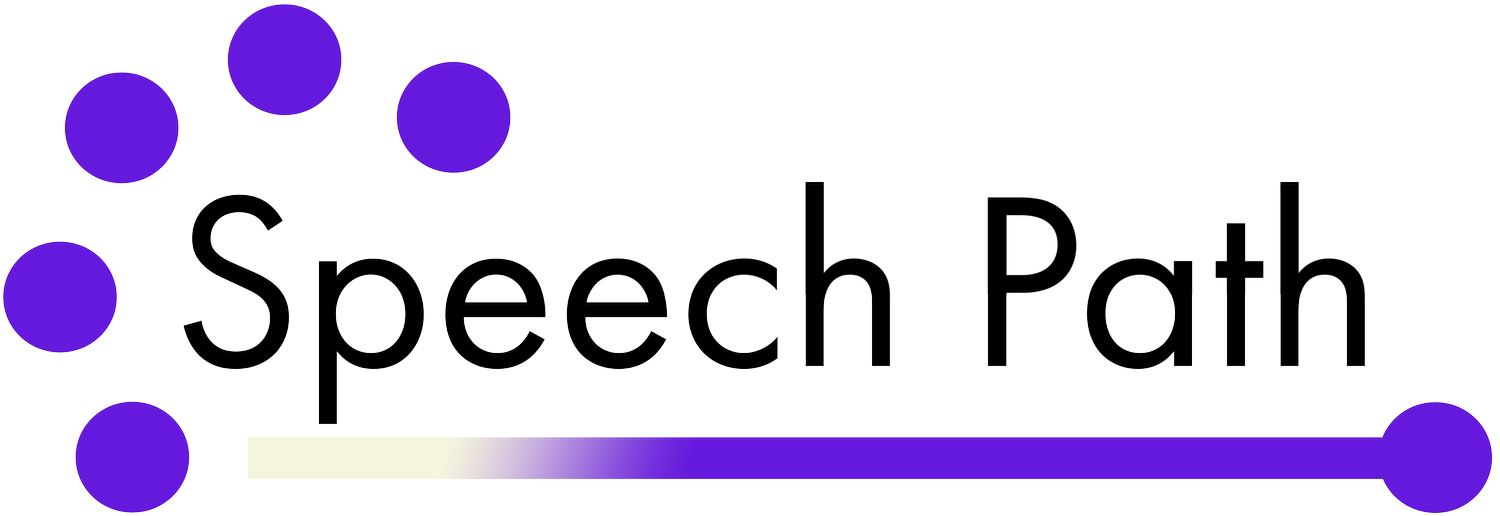Supporting Neurodivergent Students: Practical Tips for Inclusive Education
Neurodivergence refers to the natural differences in how people’s brains function and process information. It includes a variety of experiences, such as autism, ADHD, dyslexia, and more. In schools, neurodivergence can show up in many ways, and with the right strategies, educators can effectively support neurodivergent students. Here are some practical tips to help you get started:
Practical Tips for Supporting Neurodivergent Students
Simplify Instructions with Visual Supports
Use picture cards or visual charts to break tasks into clear, manageable steps.
Offer video demonstrations or role-playing examples for multi-step tasks.
Keep language concise. For example, a handwashing chart might show pictures and say:
“Water on → Wet hands → Soap → Rub hands → Rinse → Dry.”
Establish Predictable Routines
Create a visual daily schedule using icons or photos to represent routines and activities.
Highlight “What’s done,” “What’s happening now,” and “What’s next.”
Include “transition rituals,” like a song or clap pattern, to signal movement between activities.
Stick to consistent routines, and give early warnings when there’s a schedule change.
Incorporate Sensory Breaks
Set up quiet spaces with calming tools like pillows, weighted blankets, or noise-canceling headphones.
Offer sensory supports like fidget toys or tactile bins to help support regulation.
Adapt the Physical Environment
Keep the classroom decor simple to highlight what’s important.
Provide flexible seating options like wobble stools, beanbags, or standing desks.
Foster Engagement Through Choice
Let students choose how they engage, such as sitting, standing, or using sensory tools.
Provide alternative ways to participate, like drawing during storytime or using manipulatives for lessons.
Use interest-based activities (e.g., incorporating a student’s favorite topic into assignments).
By making thoughtful, practical adjustments, educators can create an environment where neurodivergent students feel respected, supported, and empowered to learn in ways that work best for them. These changes not only help neurodivergent learners thrive but also enhance the learning experience for all students.
When we recognize and honor diverse needs, we build a classroom culture of growth, collaboration, and inclusion. It’s not just about best practices—it’s about a commitment to unlocking every student’s potential and achieving meaningful outcomes for everyone.
Professional and Parent Coaching Speech Therapy Consultations in San Francisco: The Speech Path Can Help
If you are looking for consultative support from a speech-language pathologist in San Francisco, The Speech Path in San Francisco can help. We are a group of highly-skilled speech therapists and understand that each individual is unique. For each communication challenge, we offer personalized care to ensure effective results. Our team of dedicated and experienced speech therapists is committed to offering ideas and supports to enhance educational outcomes for the specific needs of children in your classroom.
In addition to our coaching and consultations for educators and allied health professionals, we offer pediatric speech therapy in San Francisco, speech therapy for adults, virtual speech therapy for adults and children throughout California, as well as specialized programs such as the Hanen It Takes Two to Talk Program, PEERS® social skills groups, parent consultations and assessments for childhood apraxia of speech, and play groups.
Whether the issue is articulation difficulties, language delays, fluency, or any other communication concern, we employ a holistic approach to foster progress and build confidence. We ensure that every session is a positive step towards improved communication skills. Contact us today to get started on the journey to enhanced communication and a brighter, more connected future.
References
Azuka, C. V., Wei, C. R., Ikechukwu, U. L., & Nwachukwu, E. L. (2024). Inclusive instructional design for neurodiverse learners. Current Perspectives in Educational Research, 7(1), 56–67.
Radick, R. (2024). Designing in-person training for all: Embracing neurodiversity in the classroom. Education Northwest. https://educationnorthwest.org/insights/designing-person-training-all-embracing-neurodiversity-classroom.
Neurodiversity teaching strategies. Library Guides at Montana State University. https://guides.lib.montana.edu/neurodiversity/TeachingStrategies.
